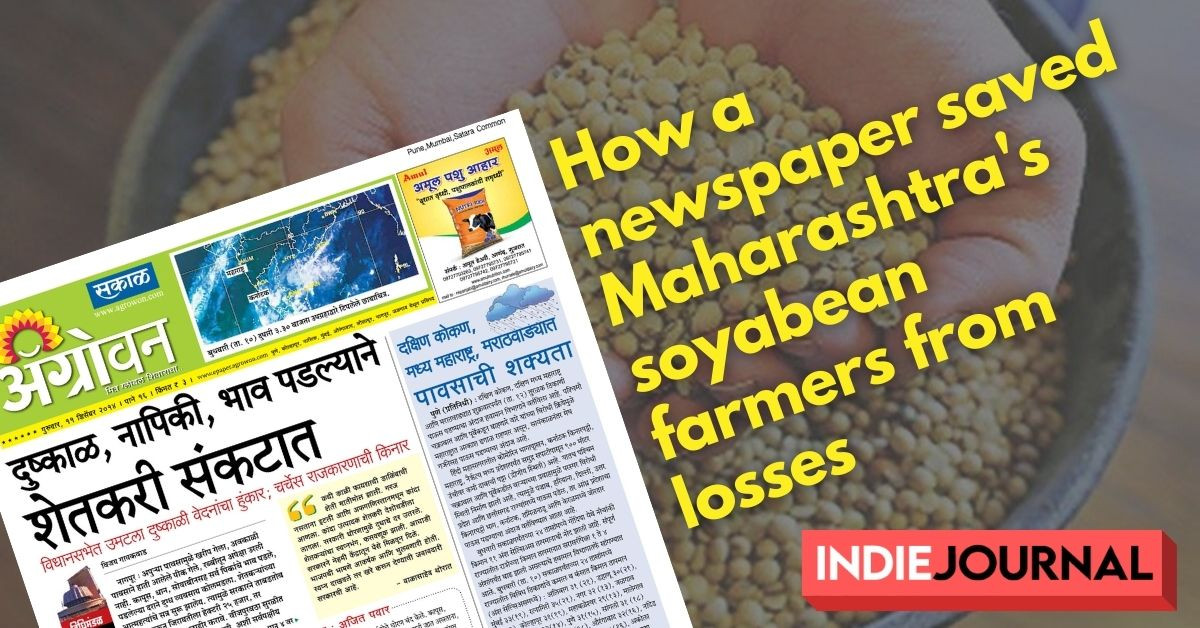Quick Reads
Khankhoje and Khobragade
Parallel Plant breeders of unparalleled era

Unwell and economically impoverished in his last years, Dadaji Ramaji Khobragade was touching 80 when he passed away on Sunday June 3 at 8 PM in Nanded village of Nagbid Tehsil of eastern Chandrapur District of Maharashtra.
A little known agricultural researcher and plant breeder, Dadaji, began his journey of research in the year 1982-83. The highly popular ‘HMT’, a mildly fragrant, fine grain rice with good cooking quality – was the first variety he developed. Before it was adopted widely for cultivation Dadaji freely shared its seeds with neighbouring villagers.
After tremendous success of the HMT variety, he developed at least 8 more distinct rice varieties like: DRK, Nanded -92, Nanded Chinoor, Vijay Nanded, Dipak Ratna, Nanded Hira, and Kate HMT (all developed before 2002), followed by DRK-2.
 Dadaji Khobragade
Dadaji Khobragade
Khobragade was honoured by the former President of India, Abdul Kalam and had received several awards from the Maharashtra government. A patient plant breeder and strong proponent of the importance of agriculture, he was opposed to the privatization of India’s rich heritage of crop diversity through exclusive rights bestowed and certified by India’s PPVFR (Protection of Plants Variety and Farmer's Right Authority of India) Authority on plant varieties registered with them.
Khobragade is yet to receive any response from the PPVFRA regarding the fate of the 7 rice varieties submitted on his behalf for registration with the Authority.
This is the sad story of a genuine plant breeder who lost his hard work at the hands of some private companies. Dadaji Khobragade’s story reminds us the agriculture researcher Pandurang Khankhoje who had dedicated his research to the improvement of crops and by opening Free Schools of Agriculture for the farmers in Mexico 1928.
Pandurang Khankhoje and Dadaji Khobragade. Two men separated by almost a century between them, but a shared strive for people oriented agricultural research.
Khankhoje, a dedicated nationalist and founder member of Gadar Movement, had attempted to bring the freedom to India during the first world war. Exiled by the Indian government, he took refuge in Mexico where he channelized his energy and launched into serious studies on the cultivation of disease resistant varieties of wheat and the origin and evolution of maize, the staple food of Mexico.

Khankhoje, depicted as the feeder, painted by the legendary painter Diego Riviera.
Pandurang Khankhoje had taken Mexico and its people to his heart and for more than 30 years worked for them and identified with the Mexican farmer. Indeed he saw himself as a Mexican Indian, a man of the people and never lost this clarity and focus.
Of the two distinguished researchers, one is reminded through immortal imagery engraved in the popular memory, depicting him feeding poor children, painted by the legendary Diego Rivera will undoubtedly live forever in people of Mexico. The second sowed his entire life in the soil to get nothing at the end of season.





